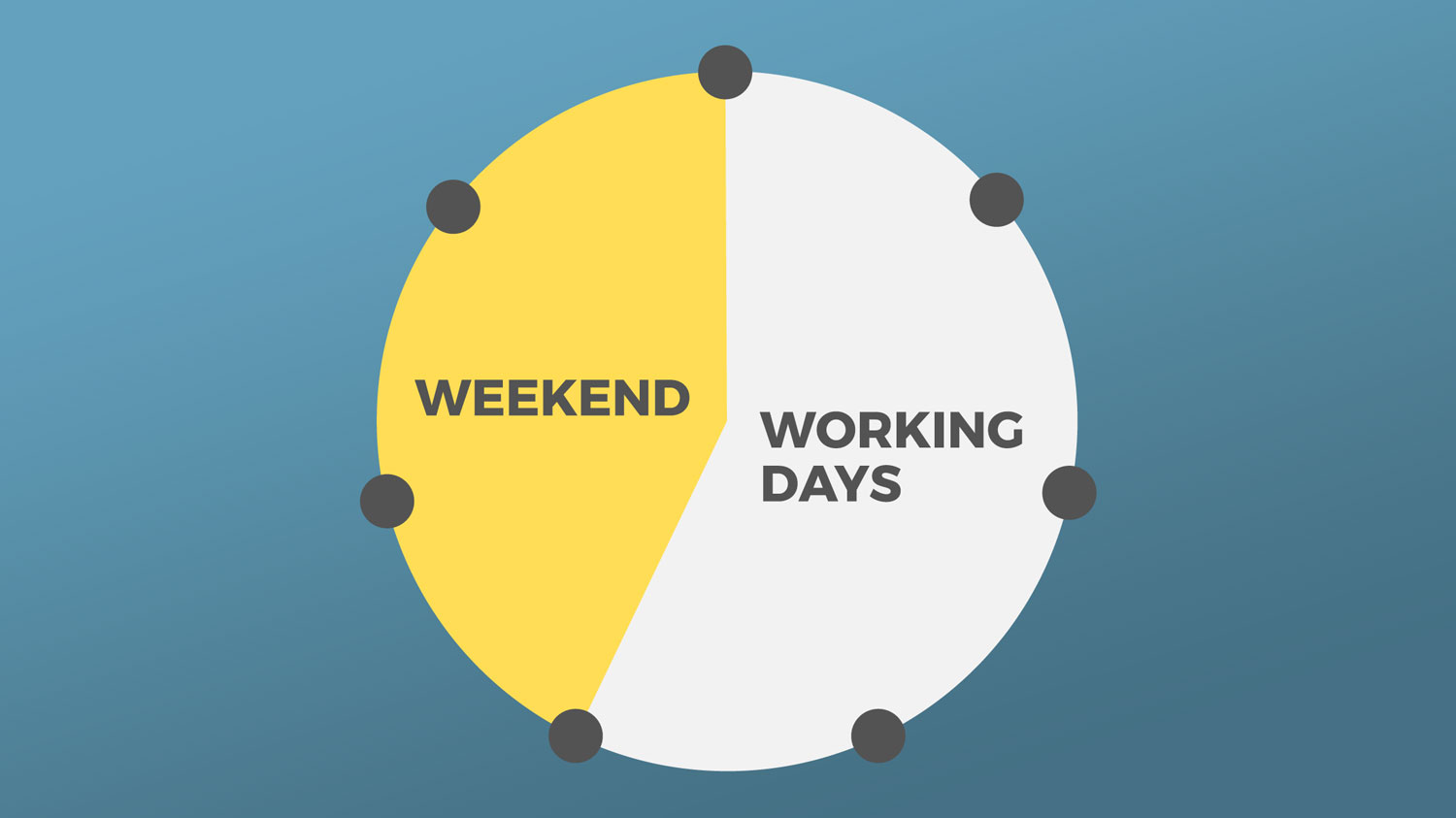
Government consults on holiday entitlement for part-year and irregular hours workers
The Department for Business, Energy and Industrial Strategy is consulting on the calculation of holiday entitlement received by part-year and irregular hours workers, following the recent Supreme Court judgment in Harpur Trust v. Brazel.
Through the consultation, the government proposes to introduce a holiday entitlement reference period for part-year and irregular hours workers, to ensure that their holiday pay and entitlement is directly proportionate to the time they spend working.
The consultation is part of the government’s goal to remove barriers to growth by providing clarity on complex employment legislation so that it is simpler for employers to comply. Over time, holiday pay and entitlement legislation has become complex and, in some cases, can be challenging for employers to follow due to changes in case law.
The main pieces of legislation that govern holiday entitlement and pay for workers are the Working Time Regulations 1998 and the Employment Rights Act 1996. There is also a significant body of domestic and retained EU case law. All workers have a legal right to 5.6 weeks of annual leave, which is what the Working Time Regulations provides for each worker. If someone works part-time hours, their entitlement to annual leave is provided pro rata in line with their part-time working arrangement.
In July 2022, the Supreme Court handed down its judgment on Harpur Trust v. Brazel. This case concerned the calculation of holiday pay and entitlement of a permanent part-year worker on a zero-hours contract. The judgment held that the correct interpretation of the Working Time Regulations 1998 is that holiday entitlement for part-year workers should not be pro-rated so that it is proportionate to the amount of work that they actually perform each year.
Part-year workers are entitled to 5.6 weeks of statutory annual leave calculated using a holiday entitlement reference period to determine their average weekly pay, ignoring any weeks in which they did not work.
As a result of this judgment, part-year workers are now entitled to a larger holiday entitlement than part-time workers who work the same total number of hours across the year. The government is keen to address this disparity to ensure that holiday pay and entitlement received by workers is proportionate to the time they spend working. The consultation seeks to understand the implications of the judgment on different sectors including agency workers who have complex contractual arrangements.
Following the Supreme Court judgment, the government estimates that between 320,000 and 500,000 permanent term-time and zero-hours contract workers will receive more holiday entitlement. Approximately 37% of these are workers in the education sector, such as teaching assistants who are employed on part-year contracts. Some agency workers may also be affected by this judgment if they have contracts of employment with employment businesses or umbrella companies.
Government analysis estimates that there are between 80,000 and 200,000 agency workers who may receive more holiday entitlement under this judgment. It is looking to understand how entitlement is currently calculated for agency workers and how the consultation proposal of introducing a holiday entitlement reference period for part-year and irregular hours workers may be implemented.
The government understands that for most employers of part-year workers, the increase in holiday pay following the judgment will not be a significant amount per worker, particularly for term-time workers in the education sector who are likely to work for over 60% of the year. Workers on permanent contracts who work for a few weeks each year will receive the largest increase in holiday pay disproportionate to their hours worked. However, it expects the numbers affected to be low, but would like to understand this better through the consultation.






